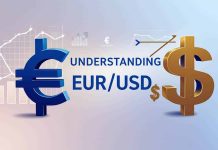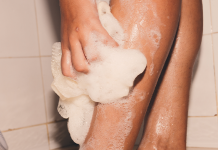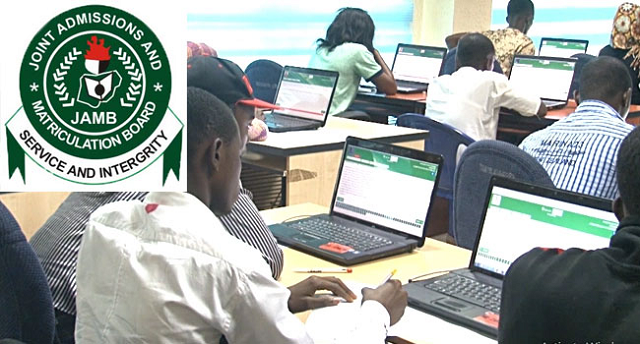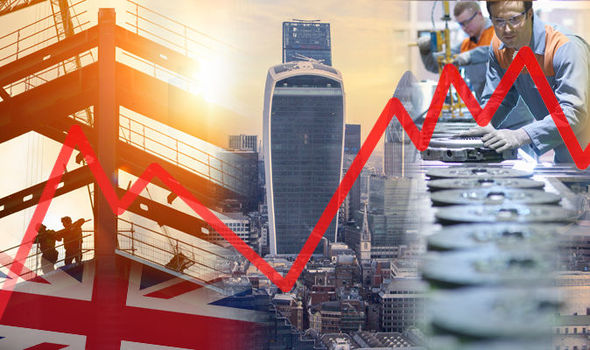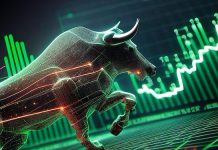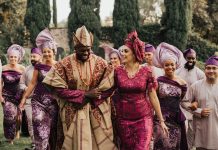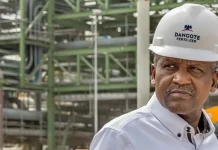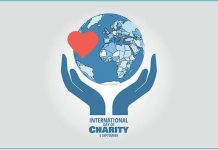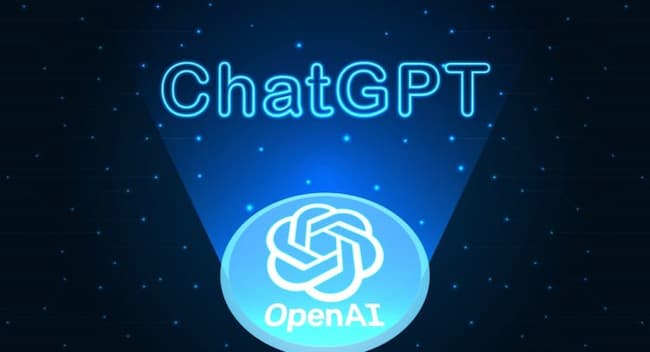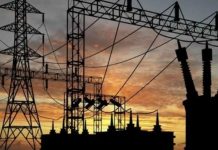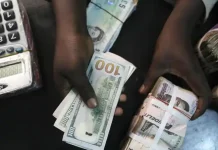For centuries, creating art required time, skill, and an artist’s unique touch. The process of visual storytelling demanded years of practice and mastery. Today, however, the landscape of art creation is rapidly evolving. OpenAI’s latest update to ChatGPT’s image-generation capabilities is transforming how people create, modify, and interact with digital art, making it easier than ever to turn ideas into visuals instantly.
Previously, users relied on Adobe Photoshop to generate AI images. Now, OpenAI has seamlessly integrated advanced image-generation features directly into ChatGPT, powered by its state-of-the-art GPT-4o model. This means users no longer need to switch platforms—everything is accessible within a single interface, enhancing both convenience and efficiency.
What’s New in the Update?
The new image-generation capabilities bring significant improvements in rendering text, following user prompts, and leveraging GPT-4o’s deep knowledge base and chat context. With this update, users can:
- Create high-quality images instantly within ChatGPT.
- Modify and transform uploaded images.
- Use existing visuals as inspiration for new creations.
- Generate images with more precision and realism than ever before.
This update is rolling out across multiple subscription tiers, including Plus, Pro, Team, and even free versions, ensuring accessibility for a broad audience.
The Buzz on Social Media
Since its release, the internet has been abuzz with reactions to the update. Many users have shared their results online, with overwhelmingly positive feedback. Nollywood filmmaker Niyi Akinmolayan took to Twitter to express his excitement, writing, “The new image gen on OpenAI… no weird airbrushing. Hands are perfect with veins… This is the biggest disruption generative AI.”
Tech influencers are also weighing in on the impact of this breakthrough. Twitter user @balajis noted that the update could significantly alter the advertising and meme-creation industries by automating much of the creative workflow. Meanwhile, @gregisenberg tweeted, “I’ve spent the last 24 hours with ChatGPT 4o images, and it’s clear we’ve entered a new reality: Execution is cheap, ideas are everything.”
From Execution to Ideation: The Changing Creative Process
One of the most profound effects of this AI advancement is its shift in creative dynamics. Traditionally, executing high-quality visuals required extensive design expertise and production hours. Now, AI is handling much of the execution, meaning that the value of creative work is shifting toward ideation.
As @gregisenberg highlighted, “When anyone can execute at 90 percent perfection with the right prompts, the limiting factor becomes the quality of your ideas. The creative direction. The strategic insight. The unique perspective.”
This shift is already impacting businesses, with companies reallocating resources from production to brainstorming and strategy. Where once they might have explored only two or three creative directions, they can now test 20 or 30 at a fraction of the cost. The potential for experimentation and innovation is unprecedented.
What This Means for Artists and Designers
As with any technological advancement, there is concern about how this will affect professionals in the field. Some fear that AI-generated art could displace human artists and designers. However, industry voices like Akinmolayan argue that rather than replacing artists, AI tools can serve as powerful assistants.
“Subscribe for these AI products and stay ahead of your peers,” he advised. “It means you can take on more jobs. You might even be able to train an AI model to create in your style.”
By leveraging AI, artists can expand their capabilities, refine their ideas faster, and handle larger workloads without sacrificing quality. Rather than eliminating creativity, these tools could democratize access to high-level design, allowing more people to participate in the artistic process.
The Road Ahead
Despite its impressive capabilities, OpenAI acknowledges that its model still has limitations. “Our model isn’t perfect. We’re aware of multiple limitations at the moment, which we will work to address through model improvements after the initial launch,” the company stated in its announcement titled “Introducing 4o Image Generation.” In this announcement, OpenAI acknowledged the current limitations of their image generation model and expressed their commitment to addressing these issues in future updates.
The ChatGPT image-generation update arrives on the heels of Google’s experimental native image output for Gemini 2.0 Flash, signaling an ongoing race to refine AI’s role in digital creativity. As AI-generated visuals become more sophisticated, the conversation around ethics, originality, and human-AI collaboration will continue to evolve.
For now, one thing is clear: ChatGPT’s latest update is reshaping the world of digital art. Whether you’re an artist, marketer, content creator, or casual user, this new tool opens up endless possibilities for visual storytelling, making creativity more accessible than ever before.

